YOU ARE LEARNING:
Plant Cells
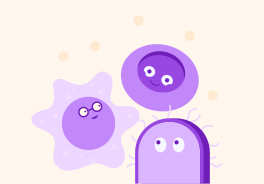
Plant Cells
Plant cells share some common features with animal cells in its structure, however there are distinct differences.
This is an animal cell and a plant cell
They have some important differences.
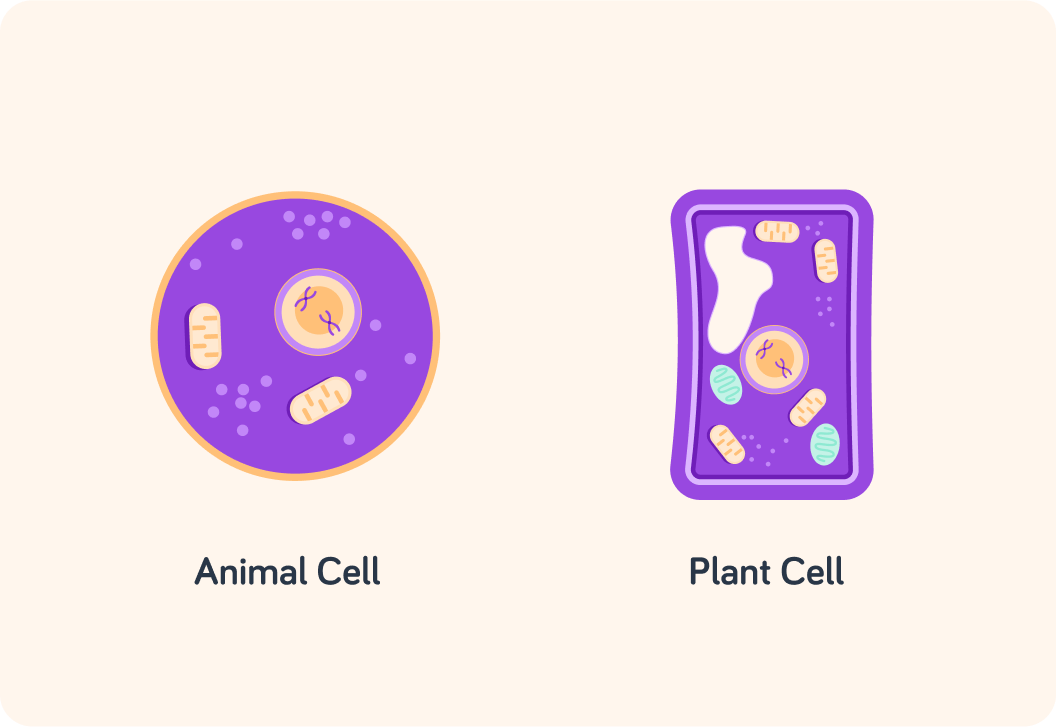
How many structures do you see in the plant cell that are not part of the animal cell?


So there are 3 structures in plant cells that are not in animal cells.
They are labelled A, B and C here.

For example, structure A is only in the plant cell, not in the animal cell. What do you think we call it?


Plant cells also contain a compartment that can be filled with water; the vacuole. Which letter indicates the vacuole?


Finally, plant cells also have something called chloroplasts. More on those later. What letter points to a chloroplast?


So plant cells are different to animal cells
Apart from the nucleus, the cell membrane, ribosomes, mitochondria and the cytoplasm, which are also in animal cells, plant cells have a cell wall, a vacuole and chloroplasts.
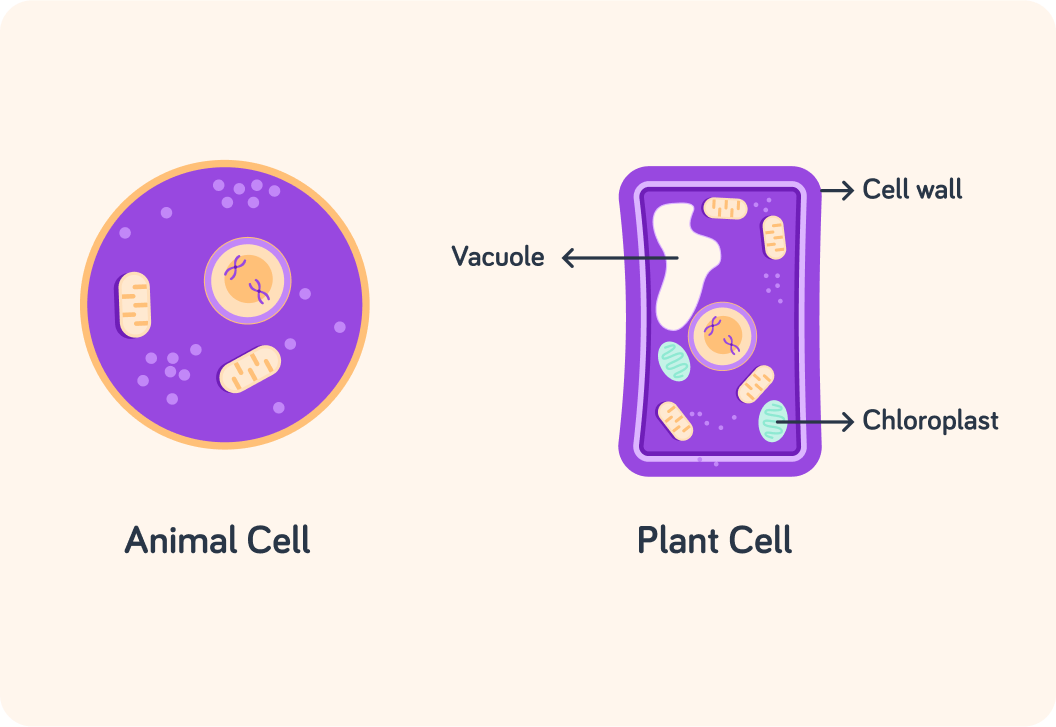
What do you think the cell wall does?

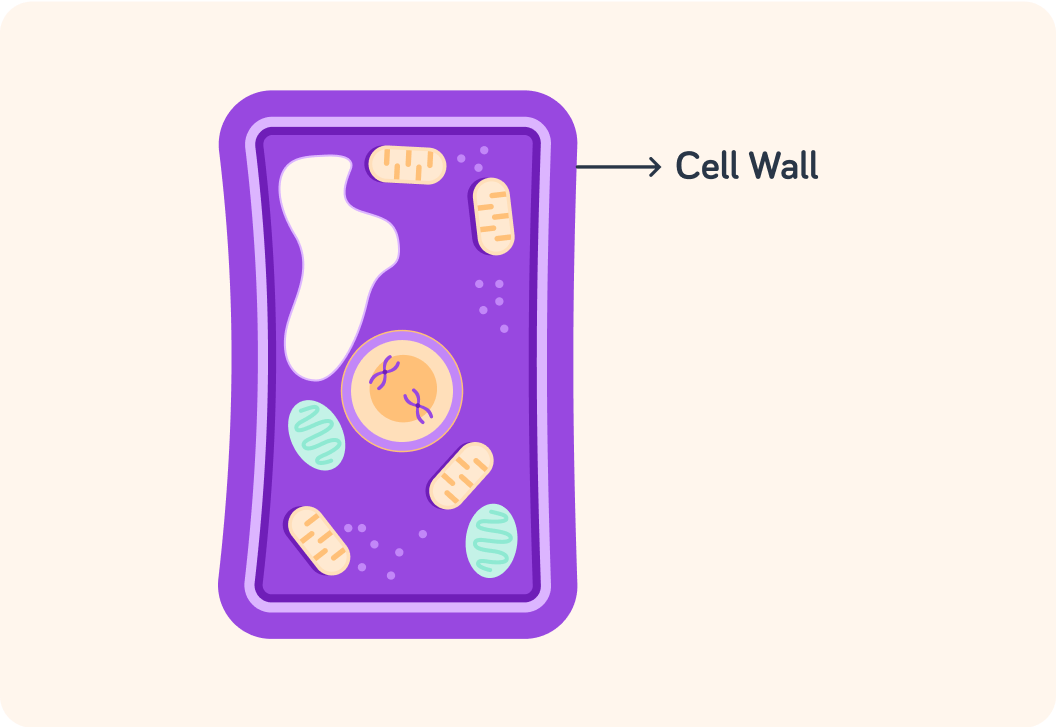
Now, plants are hugely important for the planet and everything that lives on it, because they can turn carbon dioxide in the air into _______________.

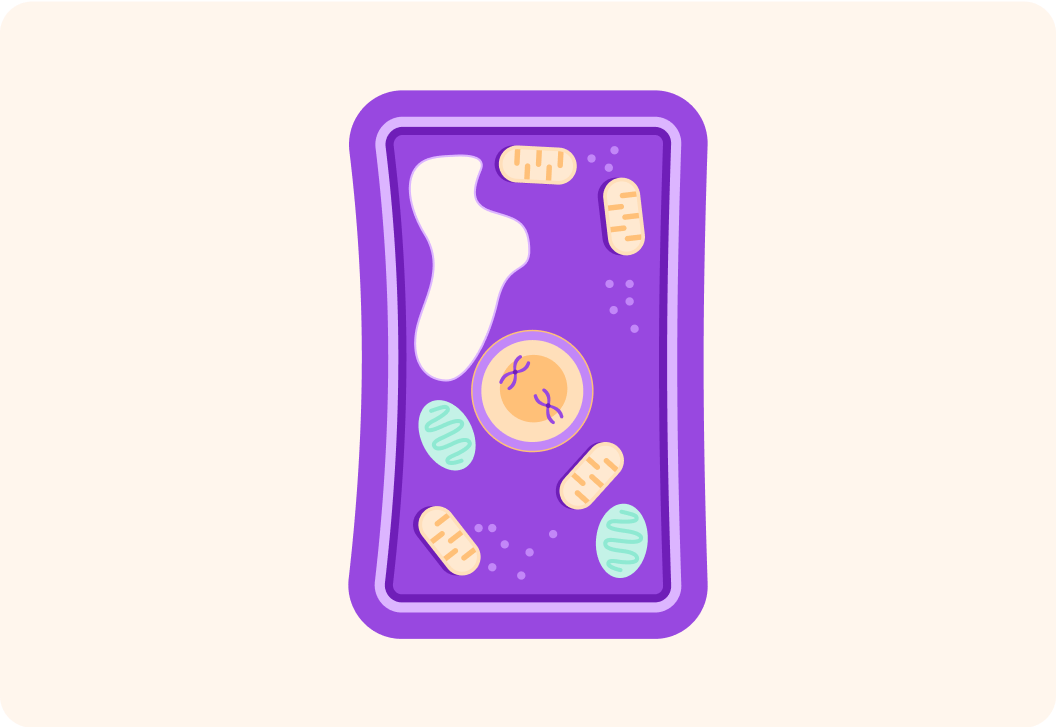
What is the process called that plants perform to turn carbon dioxide into oxygen? It begins with a "p".


So plants can perform photosynthesis
That releases oxygen into the atmosphere, which is great for the planet.
But it's actually not why plants do it in the first place. They do it because photosynthesis turns sunlight into energy for the plants!

So plants have two structures that can create energy. One is the mitochondria, like in animal cells. Which structure do you think is the one that generates energy out of sunlight?


How many chloroplasts do you think a plant cell has?


So thanks to chloroplasts, plant cells can generate energy from sunlight
Animals can't do that because our cells don't have chloroplasts. We cannot photosynthesise.

What was the name of the big compartment in the plant cell that can be filled with water? It begins with a "v".


So plant cells have a vacuole, but animal cells don't
You can think of the vacuole as a kind of water tank inside the plant cell.
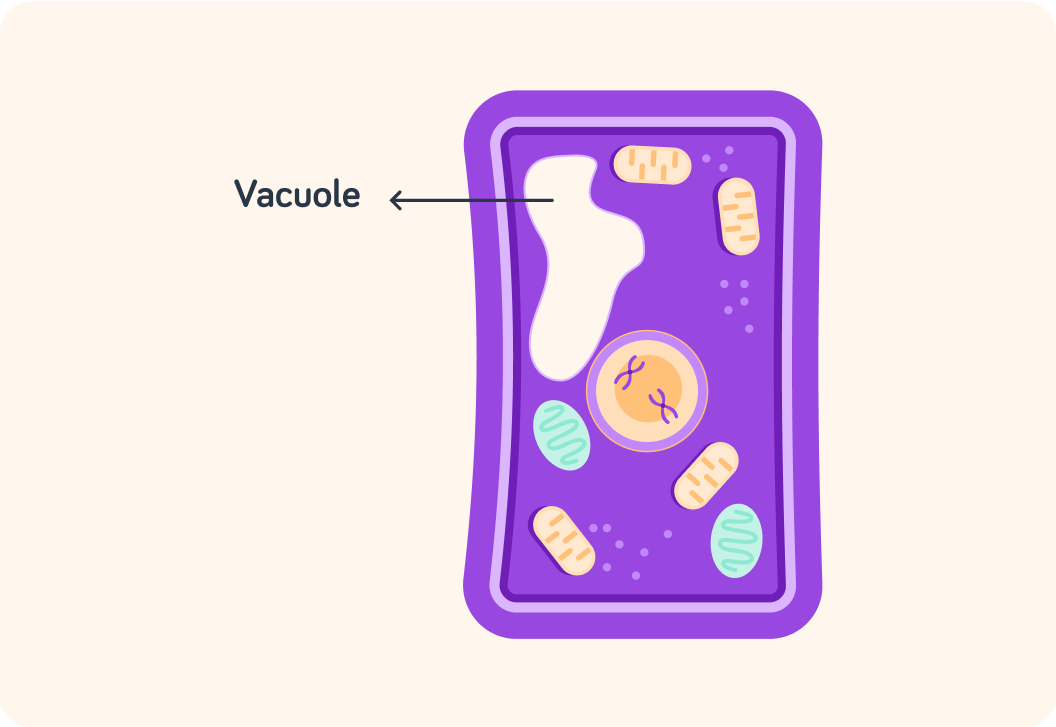
So which of these structures do plant cells and animal cells have in common?

You can select multiple answers
True or false? The c**ytoplasm, ribosomes, nucleus, cell membrane and mitochondria in plant cells perform the same functions as they do in animal cells.

Which ones of these structures exist only in plant cells, not in animal cells?

You can select multiple answers
Plant cells are protected by the ______ ______.

Plant cells store water in the ____________.

Plant cells can generate energy from sunlight thanks to ________________. We call that "photosynthesis".

To summarise, plant cells are different to animal cells
There are 5 structures they have in common and 3 structures that plant cells have that animal cells don't have.
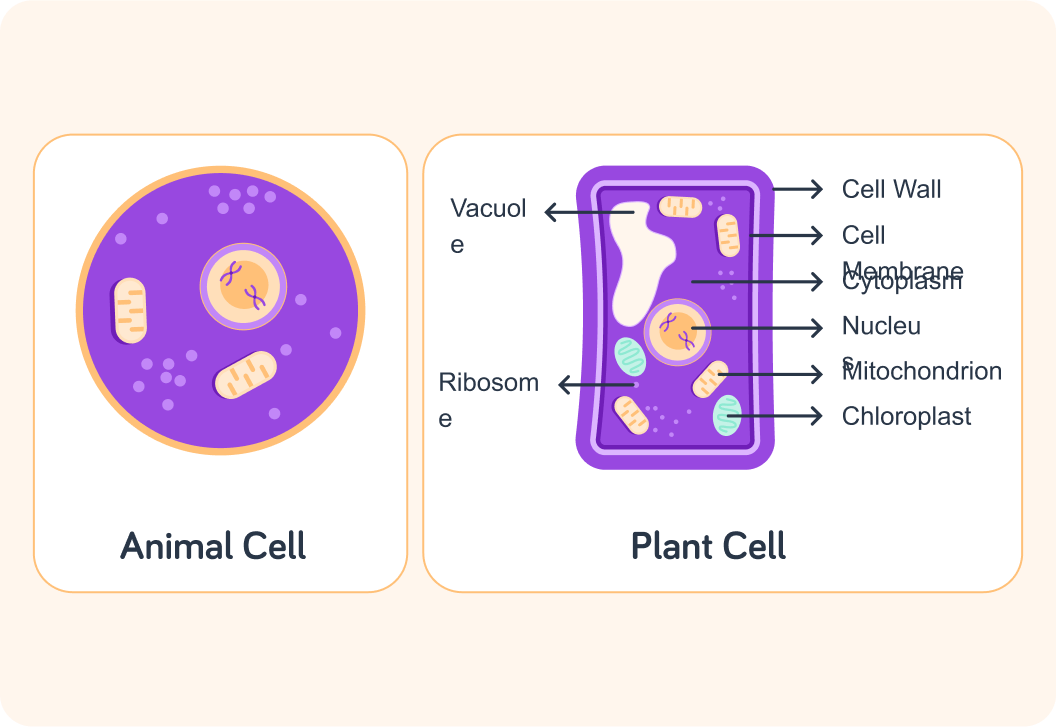
What structures do plant cells and animal cells have in common?
Cell membrane: Allows transport in and out of the cell Nucleus: Stores genetic material Ribosomes: Create proteins Mitochondria: Generate energy from biological molecules Cytoplasm: Gel-like fluid

What structures are only in plant cells?
Cell wall: Protects the cell Vacuole: Stores water Chloroplasts: Generate energy from sunlight

So how do all of these structures really work?
More detail on that in later lessons.

